Avro 671 Rota Mk.I RAF
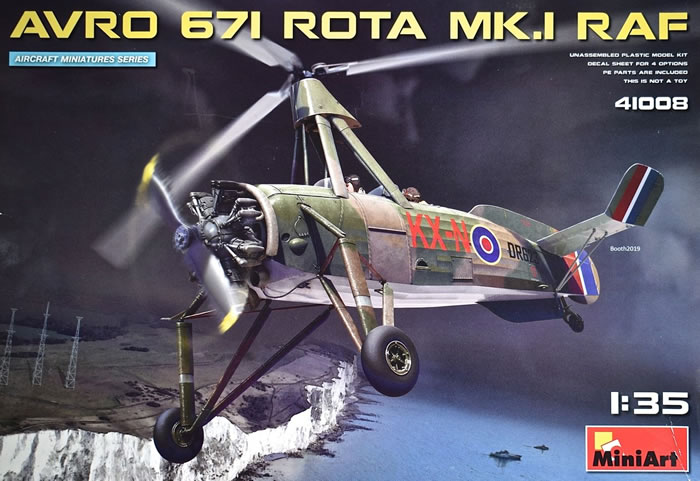
MiniArt, 1/35 scale
S
u m m a r y : |
Description and Item No.: |
MiniArt Kit No. 41008 - Avro 671 Rota Mk.I RAF |
Contents and Media: |
104 parts in grey styrene two clear parts; one PE fret with ~20 parts; one decal sheet with markings for four colorful airframes. |
Price: |
£37.49 Plus Shipping at Hannants
$46.88 Plus Shipping at Hobby Link Japan
$50.99 Plus Shipping at KitLinx
and hobby retailers worldwide |
Scale: |
1/35 |
Review Type: |
First Look |
Advantages: |
The kit features crisp inscribed surface details. The fabric effect, particularly the rib tapes and stitching, are beautifully done. A well-done PE fret and a decal sheet with markings for 3 colorful airframes rounds out a very nice kit. |
Disadvantages: |
None noted. |
Recommendation: |
This is a very nice kit. The engineering is simple, the detail is abundant, and the result will be a novel, colorful model of a not often seen WWII subject that deserves more attention than it’s received until now. Well done, MiniArt . |
Reviewed by John Miller

Airfix's 1/72 scale Sea King is available online from Squadron.com
Before the experimental Cierva C.19 Mk V, autogyros had been controlled in the same way as fixed-wing aircraft: by deflecting the air flowing over moving surfaces such as ailerons, elevators, and rudder. At the very low speeds encountered in autogyro flight, particularly during landing, these controls became ineffective. The experimental machine showed that the way forward was a tilting rotor hub fitted with a hanging stick extending to the pilot's cockpit with which he could change the rotor plane. This was known as direct control and was fitted to the C.30. The production variant, called C.30A in England, was preceded by several development machines.
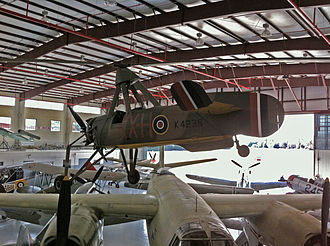
The first production design in the series was the C.30, a radial-engined autogyro with a three-blade, 37 ft (11.3 m) rotor mounted on an aft-leaning tripod, the control column extending into the rear of the two cockpits. The engine was the five-cylinder, 105 hp (78 kW) Armstrong Siddeley Genet Major I used in the C.19 series. The fabric-covered fuselage carried an unbraced tailplane, without elevators but with turned-up tips. The port side of the tailplane had an inverted airfoil section to counter roll-axis torque produced by the propeller. As with most autogyros, a high vertical tail was precluded by the sagging resting rotor, so the dorsal fin was long and low, extending well aft of the tailplane like a fixed rudder and augmented by a ventral fin. The wide-track undercarriage had a pair of single, wire-braced legs and a small tail wheel was fitted. This model flew in April 1933 and was followed by four improved machines designated C.30P (P here for pre-production) which differed in having a four-legged pyramid rotor mounting and a reinforced undercarriage with three struts per side. The rotor could be folded rearwards for transport. The C.30P used the more powerful (140 hp, 104 kW) seven-cylinder Armstrong Siddeley Genet Major IA radial engine.
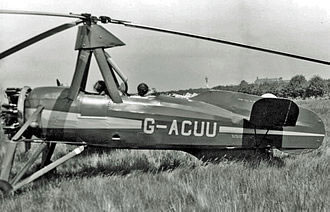
The production model, called the C.30A by Avro, was built under license in Britain, France and Germany and was similar to the C.30P. The main alteration was a further increase in undercarriage track with revised strutting, the uppermost leg having a pronounced knee with wire bracing. There was additional bracing to the tailplane and both it and the fin carried small movable trimming surfaces. Each licensee used nationally built engines and used slightly different names. In all, 143 production C.30s were built, making it by far the most numerous pre-war autogyro.
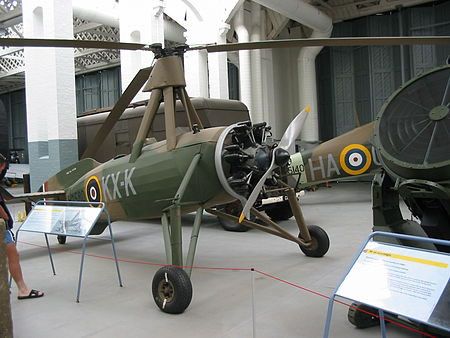
Between 1933 and 1936, de la Cierva used one C.30A (G-ACWF) to test his last contribution to autogyro development before his death in the crash of a KLM Douglas DC-2 airliner at Croydon Airfield in England on 9 December 1936. To enable the aircraft to take off without forward ground travel, he produced the "autodynamic" rotor head, which allowed the rotor to be spun up by the engine in the usual way but to higher than take-off rpm at zero rotor incidence and then to reach operational positive pitch suddenly enough to jump some 20 ft (6 m) upwards. At least one Royal Air Force (RAF) C.30A was on floats as a Sea Rota in January 1935.
Production
Avro:
Avro obtained the license in 1934 and subsequently built 78 examples, under their model designation, fitted with an Armstrong Siddeley Genet Major IA (known in the RAF as the Civet 1) 7-cylinder radial engine producing 140 hp (100 kW). The first production C.30A was delivered in July 1934.
Lioré-et-Olivier: Twenty-five aircraft were built in France by Lioré-et-Olivier as the LeO C.301 with a 175 hp (130 kW) Salmson 9NE 9-cylinder radial engine.
Focke-Wulf:
Forty aircraft were built in Germany as the Focke-Wulf Fw 30 Heuschrecke (Grasshopper) with a 140 hp (105 kW) Siemens Sh 14A 7-cylinder radial engine.
Operational History
Of the 66 non-RAF aircraft built in the UK by Avro, 37 appeared at least for a while on the UK register. Some (maybe a dozen) were sold abroad, but others were flown by wealthy enthusiasts and by flying clubs who offered autogyro training. By the end of the decade, private flyers were moving back to the comforts and economies of fixed-wing aircraft and more C.30s moved abroad leaving the Autogyro Flying Club at London Air Park, Hanworth as the major UK user. Twenty-six aircraft were directly exported by Avro. These went both to private owners and to foreign air forces that wish to investigate the autogyro's potential.
In 1934, one Spanish Navy C.30 piloted by Cierva landed on the Spanish Seaplane tender Dedalo anchored in Valencia harbor and later made a takeoff.
In September 1935, five members of the Lithuanian Aero Club flew C.30A in the "air train" together with the glider Schneider Grunau Baby and the airplane de Havilland DH.60 Moth over the Baltic sea states: Kaunas, Riga, Tallinn, Helsinki.
Twelve C.30As built by Avro for the Royal Air Force (RAF) entered service as the Avro 671 Rota Mk 1 (Serials K4230 to K4239 and K4296 & K4775). The twelve were delivered between 1934 and 1935. They equipped the School of Army Co-operation at RAF Old Sarum near Salisbury.
Many of the surviving civil aircraft were also taken into RAF service between 1939 and 1940. In 1940 they equipped 1448 Flt. at RAF Duxford. Later they equipped 529 Sqn. at RAF Halton on radar calibration work, disbanded in October 1945, the twelve survivors were sold on to civilian owners.
Most of these did not last long, although two were used for pilot rotary wing experience by Fairey in their Fairey Gyrodyne helicopter program. Rota Towels kept one ex-RAF Rota airworthy G-AHTZ until an accident in 1958. G-ACUU, the Imperial War Museum's C.30A exhibit at Duxford had one of the longest active lives. It joined Air Service Training Ltd in 1934, was impressed (as Rota HM580) in 1942, serving with 529 Squadron and returning to civil use by G.S. Baker based at Birmingham's Elmdon airport with its original registration plus the nickname Billy Boy and was not withdrawn from use until 1960.
General Characteristics:
- Crew: 1
- Capacity: 1 passenger
- Length: 19 ft 8 in (6 m)
- Height: 11 ft 1 in (3.38 m)
- Empty weight: 1,220 lb (553 kg)
- Gross weight: 1,600 lb (726 kg)
- Powerplant: 1 × Armstrong Siddeley Genet Major IA 7-cyl. air-cooled radial piston engine, 140 hp (100 kW)
- Main rotor diameter: 37 ft 0 in (11.28 m)
- Main rotor area: 1,100 sq ft (100 m2)
Performance:
- Maximum speed: 96 kn (110 mph, 180 km/h)
- Cruise speed: 83 kn (95 mph, 153 km/h)
- Range: 248 nmi (285 mi, 459 km)
- Rate of climb: 700 ft/min (3.6 m/s)
(Edited from Wikipedia)
Under a lidded box top are 8 sprues of light grey styrene, one clear sprue with two windshields, one PE fret within a nice protective paper protector, and one decal sheet with markings for 3 airframes.
There is little-to-no flash evident. The sprue gates are respectably small and, for the most part, well placed to minimize damage when removing parts.
The recessed details are crisp and scale appropriate. Surface details that are rendered in relief are well done. Of note is the beautifully done fabric effect, especially the stitching, tapes, and fasteners on the sizeable fuselage. These surface details will look very convincing under paint and washes.

Layout and engineering are simple and conventional. Assembly starts with the crisply molded, 7-cylinder, engine complete with exhaust collector ring and 14 individual rocker-arm covers. The super-detailer will have a blast augmenting what is a very well detailed engine right out of the box.
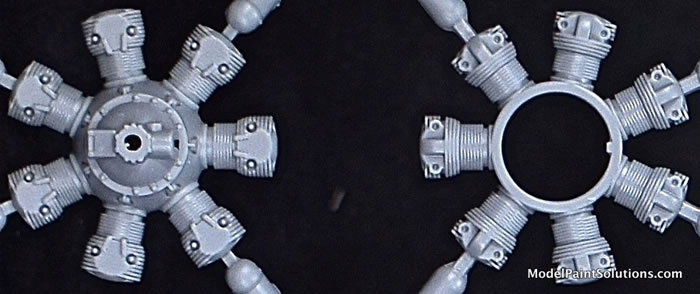
Next up is the pilot's front office and here the kit provides ample detail in the form of a crisply molded tube frame, throttle quadrants augmented with PE levers/handles, PE seat belts, and two nicely detailed instrument panels with dials supplied as individual decals. Optional parts to pose the front cockpit door open are provided so all the great detail here will be easily seen.
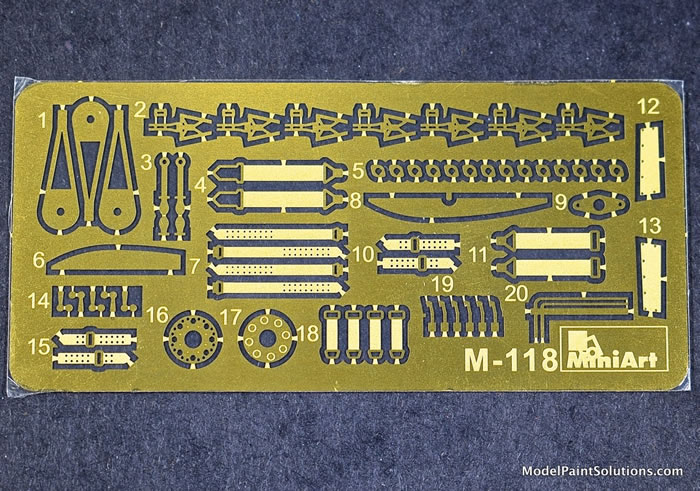
The cockpit is then trapped between the fuselage halves and the builder is directed to assemble the rotor head. Here again, the component parts are nicely molded requiring little clean up prior to assembly.
With addition of the single-piece horizontal stabilizers (each with separate elevators), tail wheel, main gear struts, propeller (with PE hub) and multi-part tire-wheel assemblies, the fuselage is complete.
The nicely detailed rotors are molded with appropriate droop and can be attached as for flight (unfolded) or for “transport” (folded).

I see no issues laying in wait other than a lot of fun with a well-engineered, quality model.
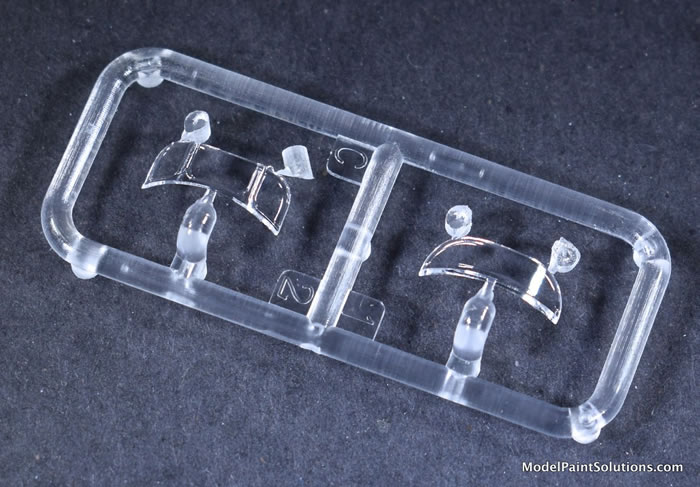
This looks to be a relatively quick and easy build.
Markings and Instructions
The decals, by Decograph, are crisply printed with good color density and hue.

Markings for 4 schemes are provided as follows:
1: K4230, HMS Courageous, 1930s
2: K4235, RAF Training Unit, 1939-40
3: AP516, 1448, Radar Calibration Flight, RAF Halton, 1942
4: DR623, 529, Radar Calibration Squadron, RAF Halton, 1943-44
This is a very nice kit. The engineering is simple, the detail is abundant, and the result will be a novel, colorful model of a not often seen WWII subject that deserves more attention than it’s received until now. Well done, MiniArt
Kit provided by Lightspeed Global.
For more on this review visit Modelpaintsolutions.com.
Review and Images Text Copyright © 2019 by Model Paint Solutions
Page Created 26 September, 2019
Last updated
28 September, 2019
Back to HyperScale Main Page
Back to Reviews Page

|
Home
| What's New |
Features |
Gallery |
Reviews |
Reference |
Forum |
Search